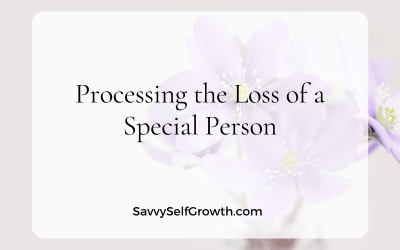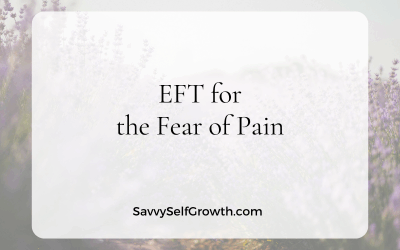 If you’re a sensitive introvert with a small business, you might know the conundrum…
If you’re a sensitive introvert with a small business, you might know the conundrum…
“I want a successful business. BUT. It means I’ll probably need to be more visible (and my coach is telling me that). AND. I don’t want to!“
Does that sound familiar?
I am intimately acquainted with this inner conflict, dear reader, and I work with many introverts who know this place too well.
I’d love to share a story that might illustrate how this can be overcome.
A client (let’s call her Sally) wanted to work on her challenges around visibility. She had this very same inner conflict going on for her…. Wanting to be more visible, and living a life that would satisfy HER wants and needs…. Yet something was stopping her.
In our sessions, it transpired that if she became more visible, she’d end up alone. That’s a painful place to be, don’t you agree? She felt that if she did what she wanted with her life, she’d end up floating around by herself in outer space.
A belief she was able to articulate during our work was “If I am fully out there in the world, being myself – then I risk everything.”
As you read that – is it any wonder that this wonderful person, who had SO much to give and share with the world, was a little hesitant to ‘step out into the world as herself’?
Together, we cleared out some of the painful emotions still stuck in past events that had led to this belief.
How beliefs are formed
When we experience painful events, those emotions leave lasting imprints on the subconscious mind. The meaning we give the event (without our conscious knowledge at the time) is ‘written’ in the subconscious. Any time in future when it looks like we’re going down the same (painful) path, it will try to protect us from going towards a similar outcome.
It’s just trying to look out for us, like any good parent would. The problem is that we’re not always aware
- of the belief itself
- that it’s not good for us anymore
- what caused the belief, and
- how to change it
The conscious mind vs the subconscious mind
Our subconscious is a remarkable thing. It works 100% of the time, really – it keeps our heart pumping, our lungs breathing, and our food digesting. We don’t have to spend even one conscious minute on those vitally important tasks. The subconscious is astonishing in helping us to survive!
In contrast, we use our conscious mind only something like 3 – 7% of the time (depending on which source you read).
Telling ourselves “Just get over the fear right now, it’s ridiculous to keep feeling this way!” rarely has good results. I bet you’ve noticed. We’re trying to talk to the subconscious (where beliefs are stored) in a language it doesn’t understand. The emotional brain (subconscious or limbic brain) simply doesn’t respond to reason and logic.
How can we change those patterns then?
EFT is an effective way to change old unconscious thoughts that we don’t need to believe anymore. When we use tapping, we talk the language of the subconscious – emotion, survival and safety.
After one session with Sally, and a few more bits of EFT she did by herself, she got an invitation from someone in Los Angeles for a voice contract. It came out of the blue and played into one of the goals she’d had for herself for a long time!
We’re not doomed to live by things that happened in the past. There are safe, gentle ways to relieve old patterns that are not helpful for our life’s new direction.
Credits:
Image by Alexandr Ivanov from Pixabay




